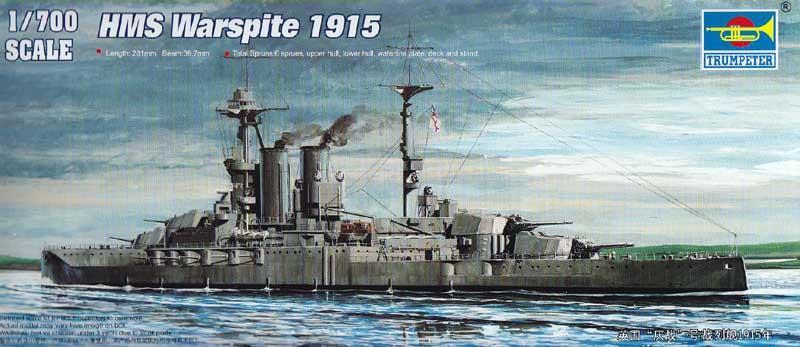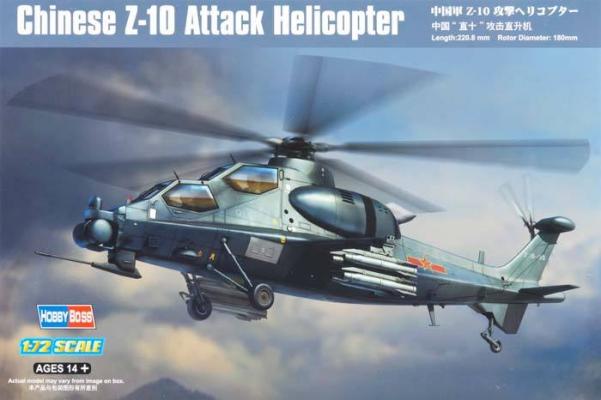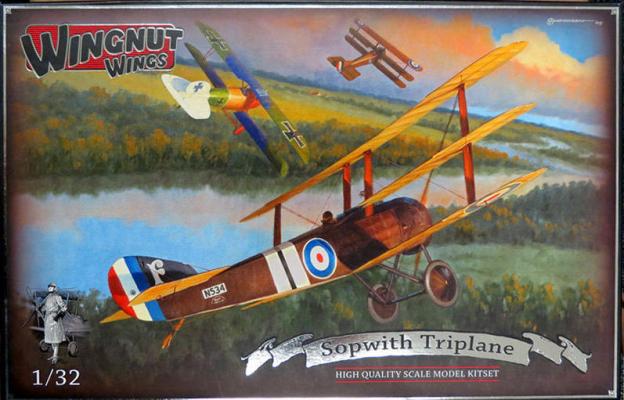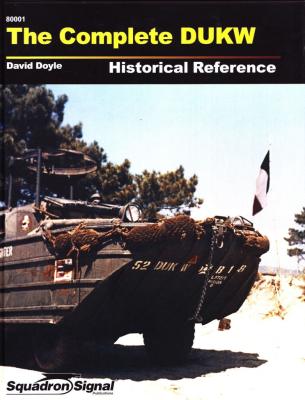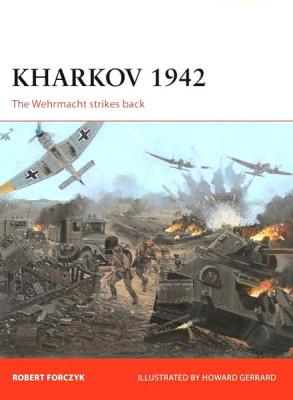A while back, I did an in-the-box review of this kit (click on the link above) that provided the basic info on what's in the box, etc., but I've now completed the model and thought I'd share that information as well.
Out of the box, this looks like a really nice kit and it falls into two categories that interest me, World War I and British ships, so I wanted to build it as well as I could. In addition, I wanted to try out one of those wooden veneer decks that so enhance the appearance of a finished model, and while a kit of this quality can make an impressive model right out of the box, I wanted to add the basic PE railings to finish it off. Conveniently, I was able to obtain both the PE railings and wood veneer deck from the company Artwox.











